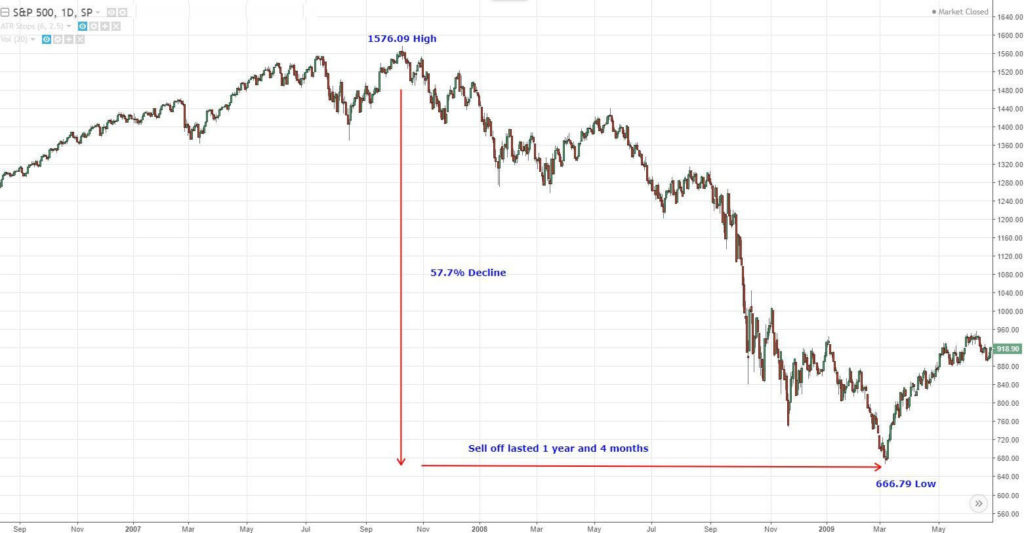Bitcoin Came Along At the Right Time in History
World events have caused investors to seek sound money.
October 31, 2008.
The release of Satoshi Nakamoto’s Bitcoin whitepaper.
Yep, Halloween. There will no doubt be 14th anniversary celebrations across the world. (Only partially kidding.)
What was Going On in Fall, 2008?
The Philadelphia Phillies beat the Tampa Bay Rays, four games to one, to win the World Series on October 29, 2008.
My New York Giants beat the Pittsburgh Steelers, the eventual Super Bowl champs, 21-14 on October 26, 2008.
But more importantly, I concede, the US government spent the first portion of its $700 billion bailout fund to rescue banks. Banks that were in serious trouble because of their own exposure to sub-prime mortgages.
The Dow Jones Industrial Average had fallen from a high of 14,093 a year earlier to 9,325 on October 27, 2008. A drop of 33.8% in twelve months. A few months later it would bottom out at 6,626. Now that’s a bear market. This is what the S&P performance looked like at the time:
The Great Recession was in full swing. Worldwide. Bitcoin had just been introduced, but the world certainly hadn’t noticed yet.
The US National Debt was about to explode, driven by the need to bail out banks and inject liquidity into the financial system. Well, the term “need” isn’t agreed upon by everyone, but it happened anyway.
From 2008 until 2017, the US National Debt skyrocketed from $10 trillion to $20 trillion. An unprecedented increase, and certainly the highest debt of any nation in history.
2020 brought the worldwide COVID-19 pandemic. It also brought massive US money printing and trillions more in debt.
Bitcoin was gaining acceptance during these turbulent times. It was almost as if Satoshi could anticipate a period of easy credit, soaring money supply, and massive government spending.
And of course, Bitcoin, with its fixed supply, raised the possibility of being a safe haven for savers and investors, many of whom saw their assets reduced by fifty percent.
The World is Looking for a Harder Currency
Eighty percent of the money in the United States right now was created in the last two and a half years.
I hope that got your attention. That pace of money printing, of course, is not sustainable.
The result? Massive inflation. Worldwide. Inflation not seen in four decades. Purchasing power of US dollars, and other currencies, is rapidly declining, and has resulted in two consecutive quarters of negative GDP. Recession.
Bitcoin, as a currency, as a store of value, as a savings vehicle, may give investors another option. A way to opt out of the fiat financial system, a system controlled by unelected central bankers. These are the people that brought you never-ending money printing, perpetual inflation, easy credit, and tremendous boom and bust cycles.
(The Fed chair who gave us near-zero interest rates and the easy credit that spawned the Great Recession, Ben Bernanke, was just awarded the Nobel Prize for economics. See why people have had enough?)
Cory Klippsten, in his The Daily Bitcoiner newsletter, summed up the possibilities of a Bitcoin standard as opposed to a fiat standard, and the hope that money can be improved upon:
“Bitcoin represents a return to common-sense economics as opposed to the "money grows on trees" policies implemented by central banks worldwide.”
Cory Klippsten, October 10, 2022.
Well said, Cory.
Bitcoin Behaving Like a Stablecoin for Four Months Now
Compared to stocks, that is. Bitcoin has actually been pretty boring. The volatility you always hear about has not been around lately. NASDAQ stocks have been much more volatile of late.
I expect Bitcoin to become less and less volatile over time, as adoption and awareness grow. I didn’t expect it to happen yet. So it’s probably just a short-term anomaly.
One possible explanation: Bitcoin swings wildly in reaction to government regulations, and even proposed regulations. The summer months have been extremely slow in this regard, with politicians back home campaigning. That tends to happen in summer, especially in a Congressional election year.
Bitcoin has been ranging between $19,000 and $21,000, pretty much, for a while now. Meanwhile, the tech-heavy NASDAQ has had several days of 3 to 5% ups and downs. Reactions to inflation numbers, interest rates, bond yields, and more.
Could Bitcoin be rightfully decoupling from stocks? We’ll see. Correlation with equities is at an all-time low, as stated so well here by Will Clemente III:

From the incomparable Dan Held:
Recommended Bitcoin Tools, Platforms, Podcasts:
Gemini - My choice for buying and HODLing Bitcoin, rated tops for safety and security. User-friendly platform and phone app. Earn Bitcoin rewards as well with the Gemini Credit Card.
Arculus - The crypto hardware wallet from Arculus is one of the best products on the market for storing your coins. Very easy to set up and to use, and very affordable.
Lolli - The Lolli shopping app lets you earn great Bitcoin rewards on practically everything you buy, whether you’re shopping on your phone, computer, or in-person.
Twitter - Follow The Bitcoin Files on Twitter at @BitcoinNewslet1 for all of my articles, commentary and links to my contributions to Bitcoin Magazine.
Medium - Check out my writings on Medium, including articles not featured in the newsletter. Join my 550 other followers who read and write about crypto. medium.com/@rickmulvey
Podcasts - To hear the top names in Bitcoin, and learn more than you could imagine, check out The Pomp Podcast with Anthony Pompliano, What Bitcoin Did with Peter McCormack, and The Wolf of All Streets Podcast with Scott Melker.
Issue No. 78, October 14, 2022
Rick Mulvey is a CPA, crypto consultant, and frequent contributor to Bitcoin Magazine. He writes about all things Bitcoin, and yells at the Yankees and Giants. He also runs marathons and makes wine, neither professionally.







